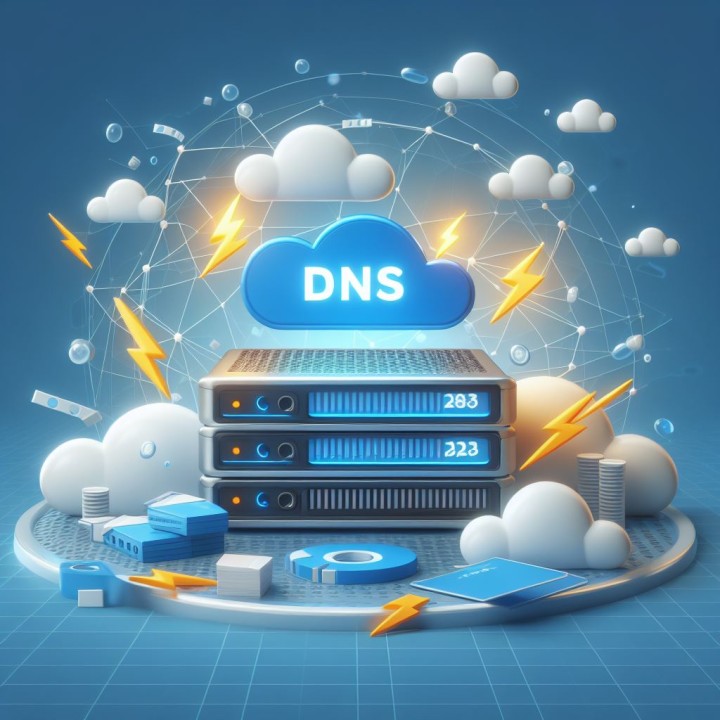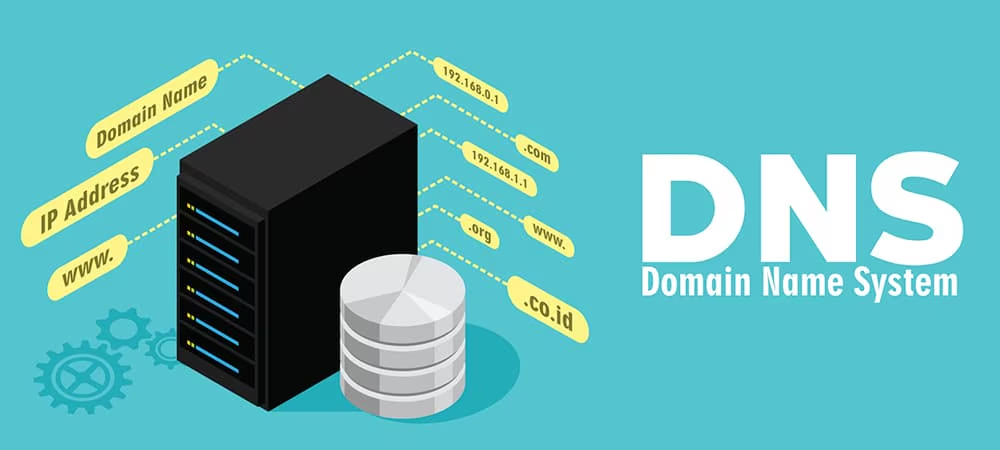A DNS conflict occurs when two or more systems (usually domain names or Hosting IP addresses) try to resolve or use the same DNS records, causing issues in network connectivity or name resolution. This can happen in several ways:

Table of Contents
Common Causes of DNS Conflicts
Duplicate IP Addresses: When two devices are assigned the same IP address in the DNS server, leading to confusion about which device should be reached.
Conflicting Hostnames: When two devices on the network are assigned the same hostname, causing ambiguity in name resolution.

Incorrect DNS Configuration: Misconfigurations in DNS records, like A, CNAME, MX, etc., can lead to incorrect or conflicting resolutions.
Cache Issues: DNS cache might store outdated or incorrect records, causing conflicts between what the DNS server knows and what clients are trying to resolve.
Multiple DNS Servers: If different DNS servers hold conflicting information about the same domain, this can result in inconsistent resolutions depending on which server responds.
Round-robin DNS conflicts: Sometimes, when load balancing across multiple IPs using DNS (round-robin), conflicts can occur if these IP addresses are not managed properly.
Resolving DNS Conflicts
Here are some steps for troubleshooting and resolving DNS conflicts:

Flush DNS Cache:
- On client devices, you can clear the DNS cache to ensure they retrieve the most current information from the DNS server.
- Example (on Windows):
ipconfig /flushdns
Verify DNS Settings:
- Check that each device on the network has unique IP addresses and hostnames.
- Ensure that DNS records (A, AAAA, CNAME, etc.) are correctly configured for all devices and domains.
Check for Duplicate IPs:
- Review your DHCP server to ensure there are no duplicate IPs being assigned.
- Use tools like
ping,tracert, or network monitoring to find conflicts.
Clear Incorrect DNS Records:
- If incorrect or outdated records exist on your DNS server, update or remove them to prevent conflicting resolutions.

Sync DNS Servers:
- If multiple DNS servers are in use, ensure they are synchronized, so they have consistent records across the network.
Change Hostnames:
- If two devices share the same hostname, rename one of them to avoid name resolution issues.
Set DNS TTL Appropriately:
- Ensure that DNS records have appropriate TTL (Time-to-Live) values to prevent stale data from being cached for too long.
Test DNS Resolution:
- Use commands like
nslookup,dig, orhostto query DNS records and confirm if there’s a conflict or incorrect resolution.
By following these steps, DNS conflicts can often be quickly identified and resolved, ensuring smooth network communication.
Security Implications:
DNS conflicts can also create vulnerabilities in the network. Attackers may exploit DNS misconfigurations to execute DNS spoofing, also known as DNS poisoning, where they manipulate DNS records to redirect users to malicious sites. This highlights the need for secure DNS practices, such as using DNSSEC (DNS Security Extensions) to verify the authenticity of DNS records.
DNS Monitoring:
Proactively monitoring your DNS servers and networks can help identify potential conflicts early. Network administrators can set up alerts to flag abnormal DNS behavior, such as repeated DNS queries for the same record or significant latency in DNS resolution.
Use of IPAM Tools:
IP Address Management (IPAM) tools can help track and manage DNS and IP address allocations, reducing the likelihood of conflicts. These tools provide visibility into all the IP addresses and DNS records in use across a network.
Regular DNS Audits:
Conducting regular DNS audits ensures that your DNS records are accurate and up to date. Audits help prevent stale or orphaned DNS entries that could lead to conflicts, especially in dynamic environments where devices frequently join and leave the network.
By incorporating these practices, you can prevent DNS conflicts and maintain a secure, efficient DNS infrastructure.

